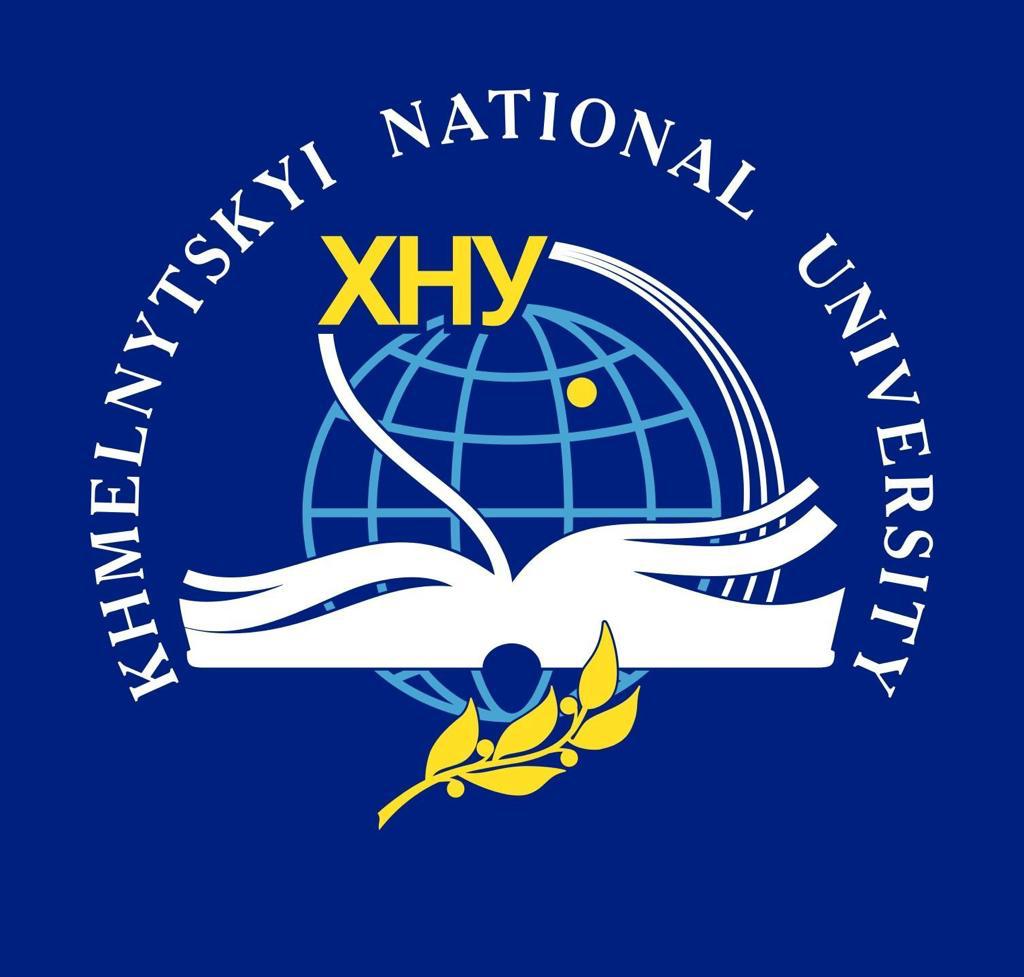METHODS OF USING MOBILE GAMES FOR CHILDREN 8-10 YEARS OLD
DOI:
https://doi.org/10.31891/pcs.2024.1.2Keywords:
mobile games, game exercises, children of primary school age, intensity zones, simulation of educational activities, health indexAbstract
Resume
Currently, the effectiveness and expediency of using existing methods of physical education of children of primary school age is increasingly being questioned. The rational organization and use of various means in physical education lessons in order to strengthen the health and improve the physical condition of students of lower grades is an urgent task for the practice of physical education. Great opportunities for improving the physical and functional capabilities of children aged 8-10 years, as well as strengthening their health, are laid in physical culture lessons with the predominant use of mobile games. The article examines the peculiarities of mobile games in the system of physical education of children aged 8-10 years. The current state of physical education of children of this age is characterized by insufficient efficiency. One of the defining tasks that are solved in the process of physical education of children of primary school age in a comprehensive school is to ensure in physical education lessons children's interest in activities using various mobile games and exercises of different orientations in which the role of movements is clearly expressed. The results of the study consist in the classification of mobile games based on the heart rate response of children aged 8-10 years during the performance of game activities (by intensity zones) and the corresponding focus on improving children's physical abilities, the place and volume of mobile games and game exercises in the structure of the lesson are determined of physical culture and introduction into the practice of physical education of schoolchildren of younger grades, which allows modeling the content of educational physical education classes, activates the motor activity of students, increases their interest in physical culture lessons, and also contributes to the improvement of motor readiness and strengthening of children's health.
References
Aksonova O.P., Kyrylenko L.V. Shkola kompetentnostei na urokakh z fizychnoi kultury v pochatkovykh klasakh. Naukovyi chasopys NPU imeni M.P. Drahomanova. 2018. 3 K (97). S. 25–32.
Bondarchuk N.Ia. Interes molodshykh shkoliariv do zaniat fizychnoiu kulturoiu yak psykholohichnyi kryterii dyferentsiatsii u protsesi fizychnoho vykhovannia. Sportyvnyi visnyk Prydniprovia. Dnipropetrovsk, 2014. S. 17–22
Duditska S.P. Pidvyshchennia fizychnoho rozvytku molodshykh shkoliariv z vykorystanniam rukhlyvykh ihor // Visnyk Chernihivskoho derzhavnoho pedahohichnoho universytetu imeni T.H. Shevchenka. Vypusk 44. Seriia: pedahohichni nauky. Fizychne vykhovannia ta sport: Zbirnyk. – Chernihiv: ChDPU, 2007. – № 44. – S. 177-179.
Metodychni osnovy orhanizatsii rukhovoi diialnosti ditei molodshoho doshkilnoho viku zalezhno vid rivnia fizychnoho stanu / N. Moskalenko, N. Poliakova, O. Mykytchyk // Fizychne vykhovannia, sport i kultura zdorovia u suchasnomu suspilstvi. - 2019. - № 2. - S. 28-34.
Serhiienko V.P. Osoblyvosti sotsialnoho rozvytku ditei molodshoho shkilnoho viku z riznym rivnem rukhovoi aktyvnosti. Naukovo-pedahohichni problemy fizychnoi kultury (fizychna kultura i sport) : zbirnyk naukovykh prats. Kyiv, 2018. S. 150–153
Tomenko O.A. Riven rukhovoi aktyvnosti shkoliariv ta shliakhy yoho pidvyshchennia v umovakh zahalnoosvitnoi shkoly. Pedahohika, psykholohiia ta medyko-biolohichni problemy fizychnoho vykhovannia i sportu. Kharkiv, 2008. 2. S. 141–146.





